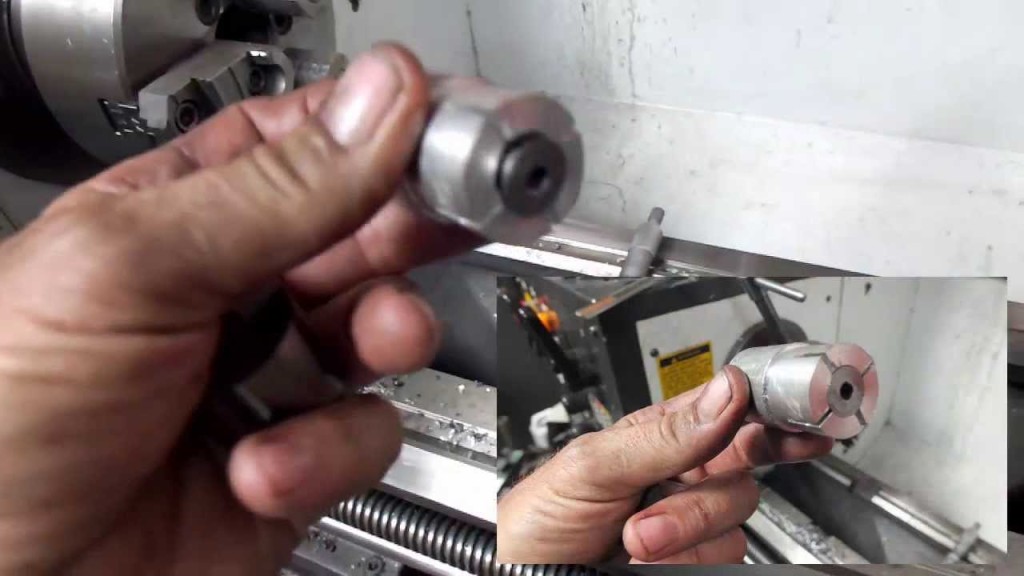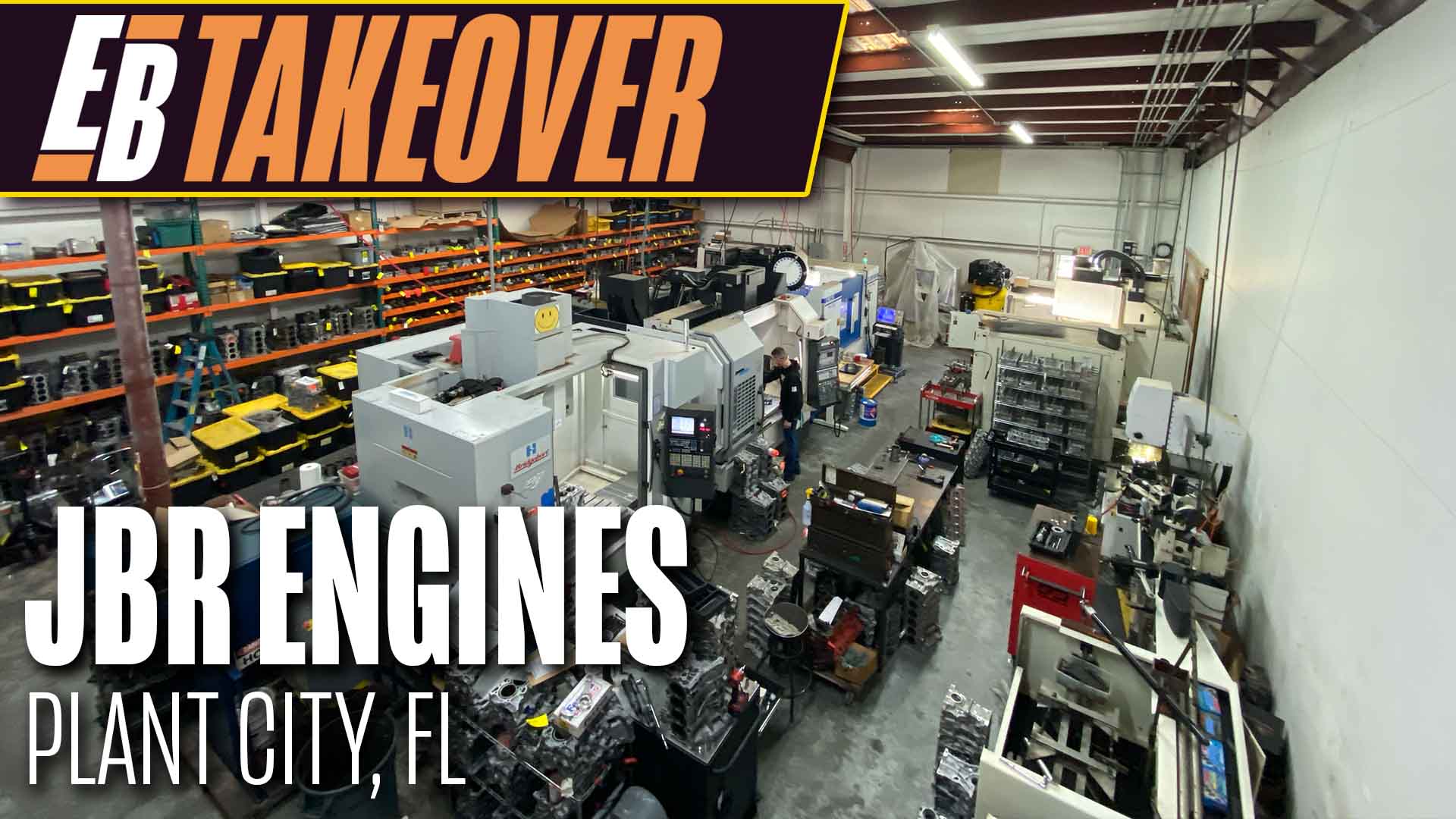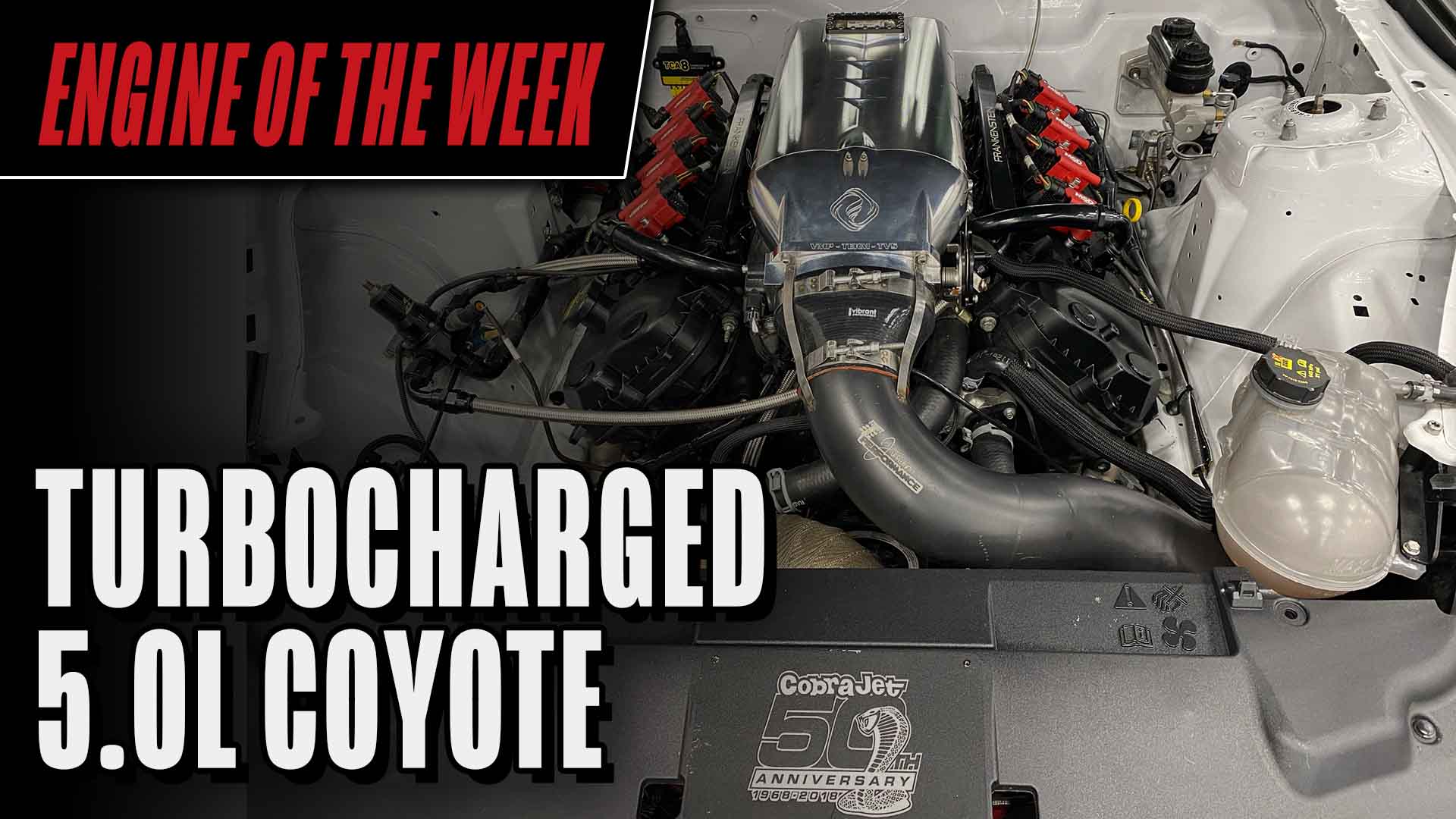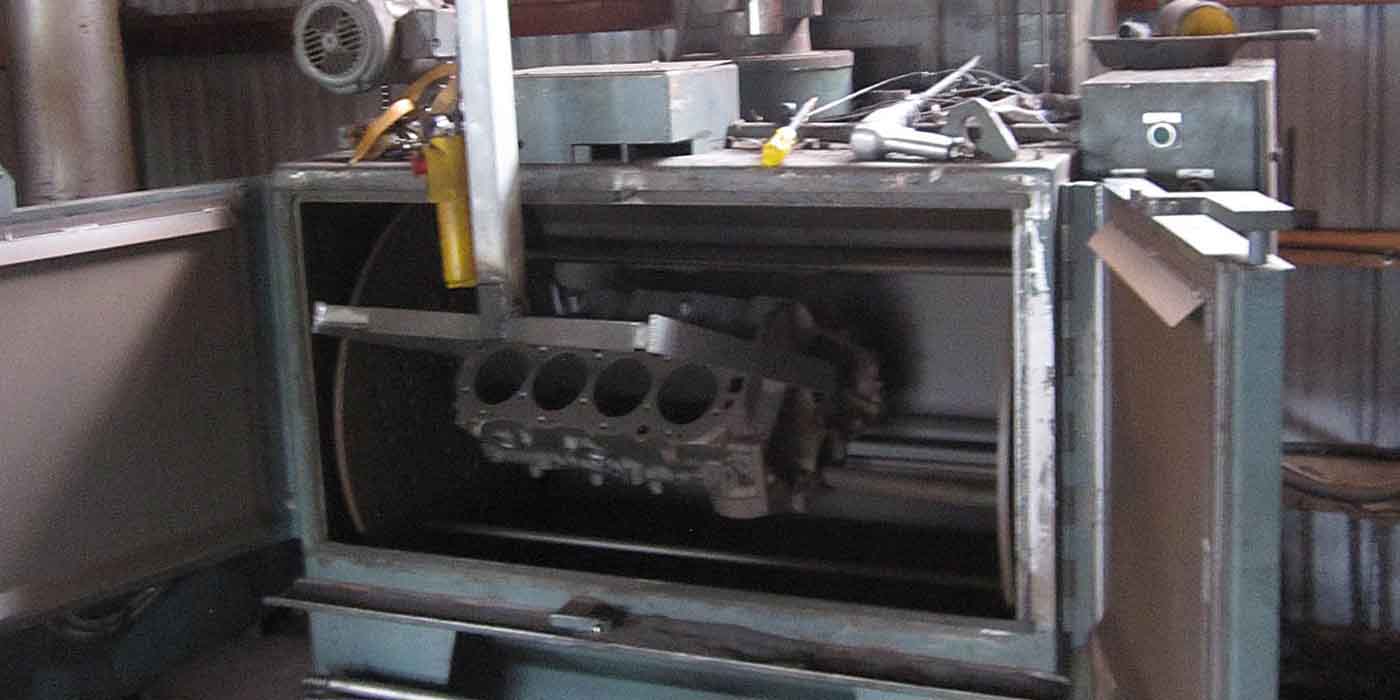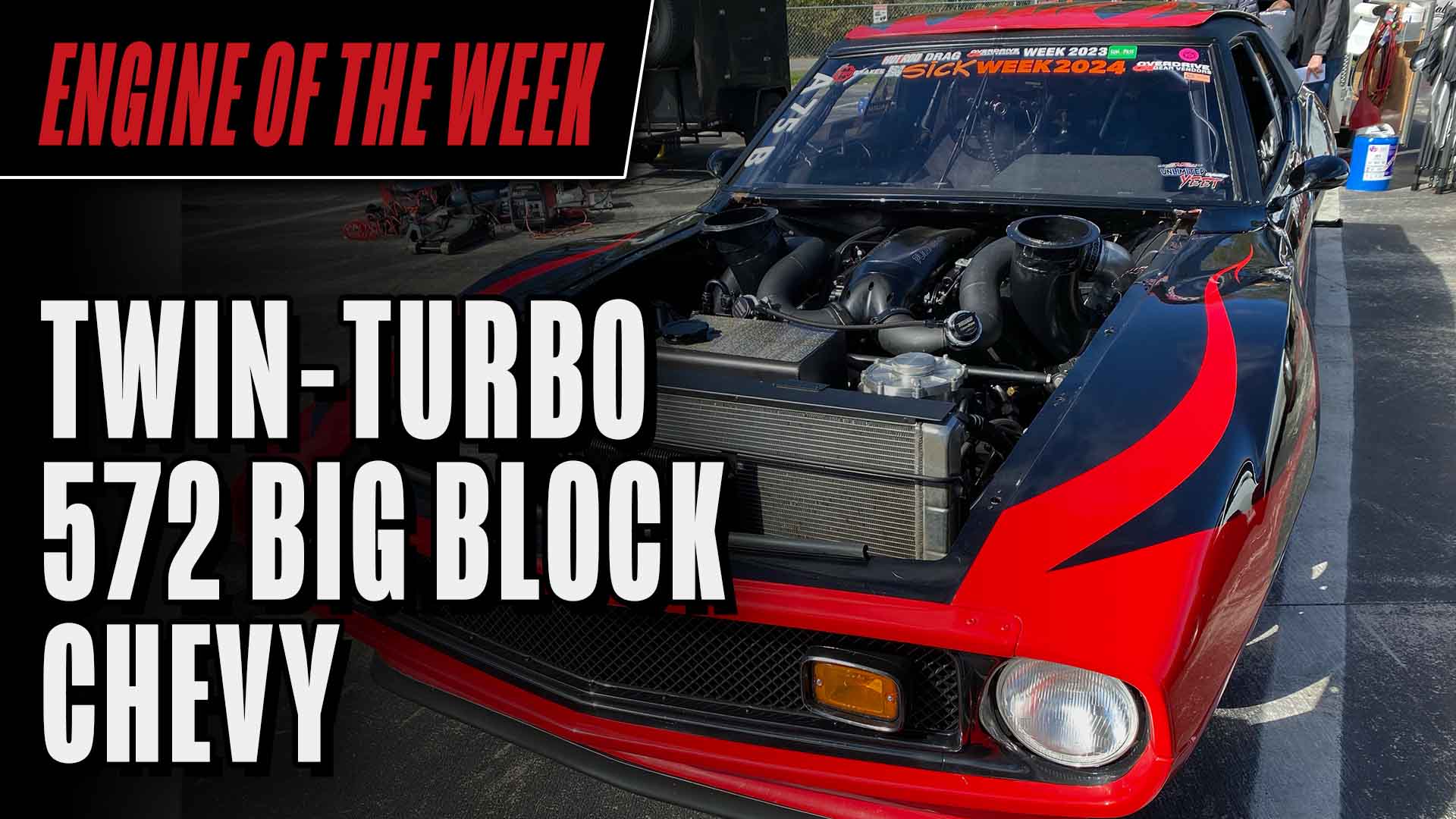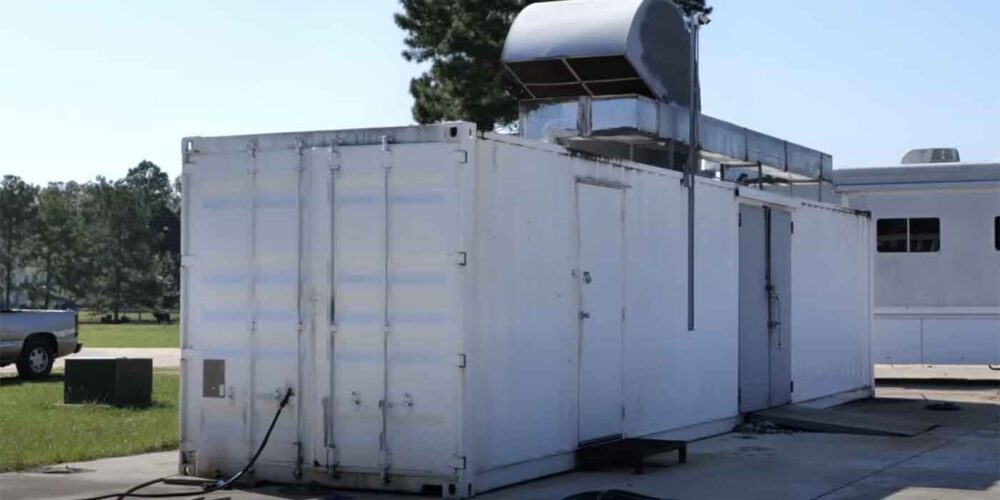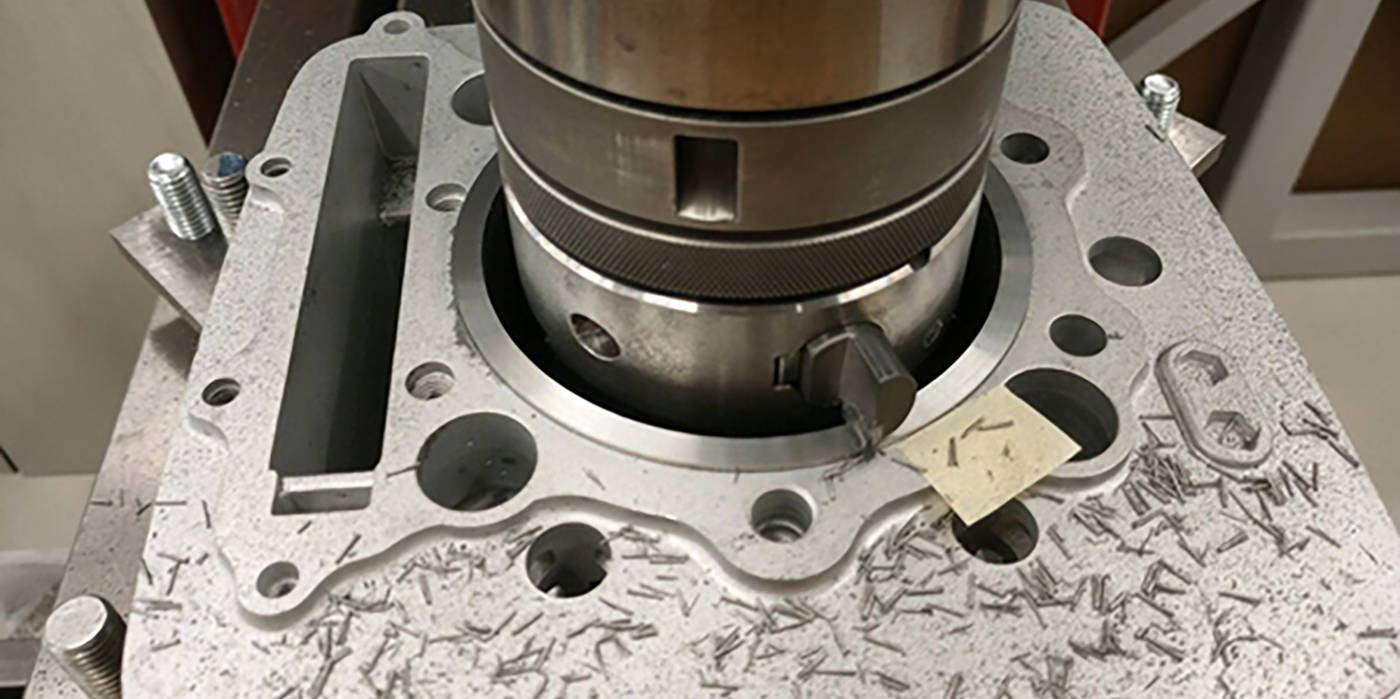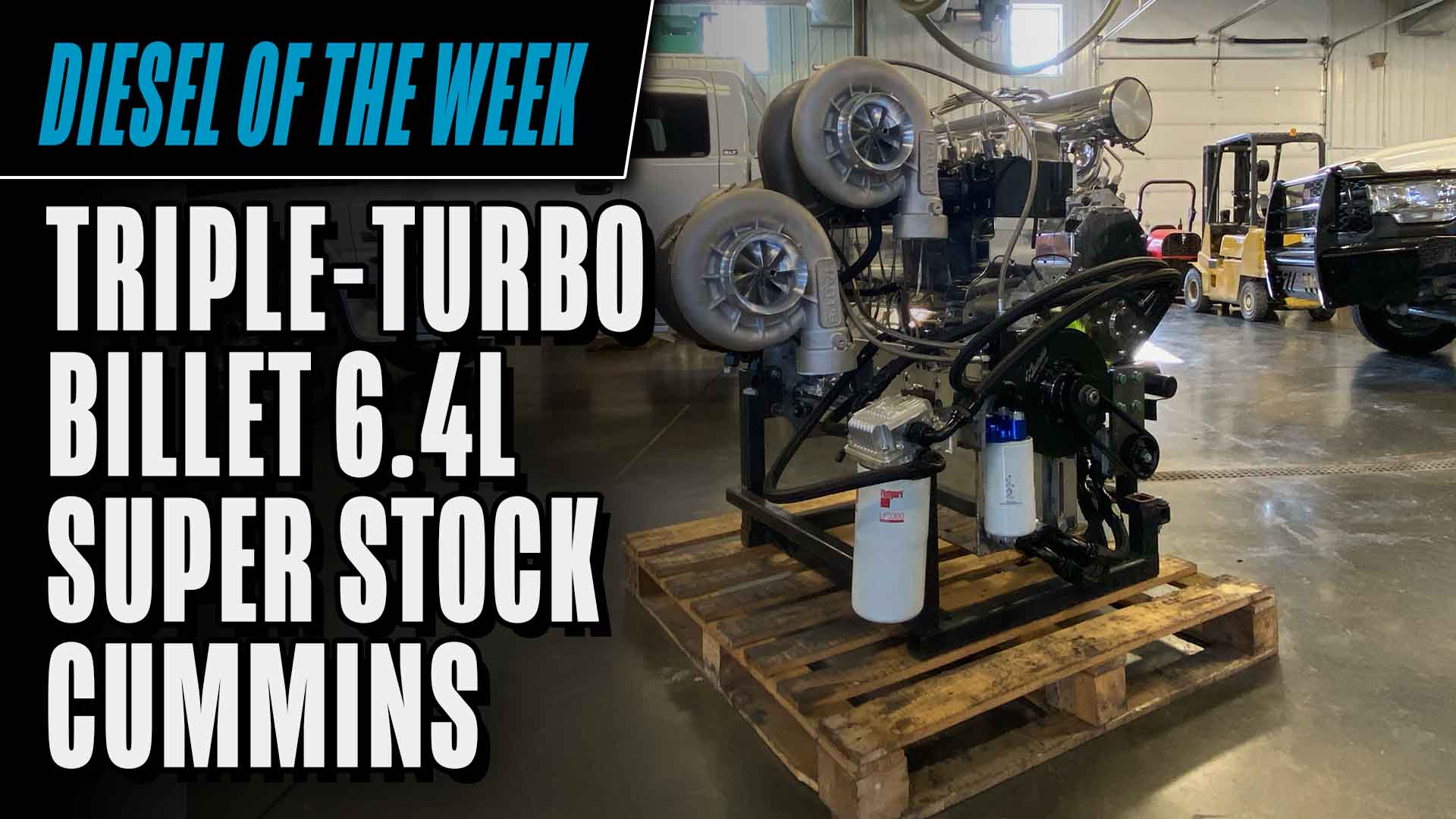A Video from John Edwards of Cost Mesa R&D Automotive Machine Shop, Costa Mesa, CA that shows How to Resize OHC Oversize Lifters
According to Edwards, occasionally, you will need to buy lifters to make valve adjustments because the one piece tappet is of a specific height and must be changed. This is the case with most overhead cam engines these days. But what do you do when the lifter you buy is a thousandth or two oversize? You could return it, but that takes time. You can also micropolish it on your lathe to obtain the correct diameter, but how do you hold it?
Here’s how: Take a piece of aluminum stock that is a slightly larger diameter than the lifter and machine it to the lifter ID. Wood can also be used. The total length of the aluminum/wood only needs to be about 3˝ long and you only need to machine the diameter to a length of about 1˝. You can drill a hole all the way through the piece and use a countersink to cut a taper on the end that you machined. Machine a piece of steel or aluminum that is the same diameter of the big end of the countersink hole you machined in the part. Next, machine a wedge and drill and tap it for a 1/2-20 bolt that will slip into the 1/4˝ you drilled in the body. Its length should be only as long as the total length of the body, including the wedge you just made. The wedge should sit flush with the end of the body. The body can also be made from a piece of wood doweling.
Now take the body, remove the bolt and wedge, and cut in two places, 90 degrees apart so they will be able to expand when you tighten the wedge. Insert the bolt and wedge back into the body of the fixture and place the lifter on the machine end. This diameter should be only .001˝ to .002˝ smaller than the lifter ID. Place your fixture into the lathe and use your crankshaft polisher to reduce the diameter of the lifter to the diameter you desire.

